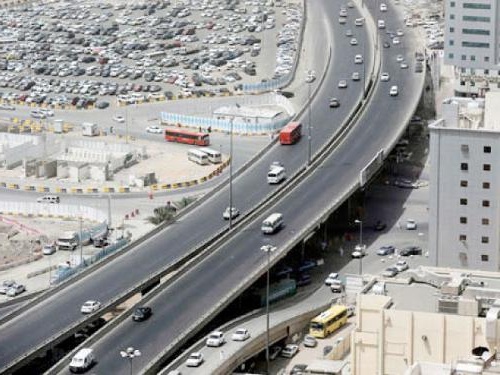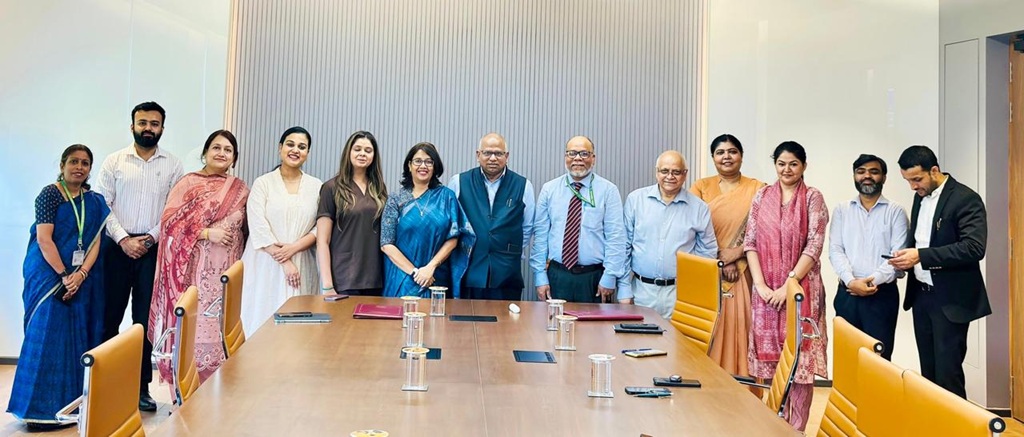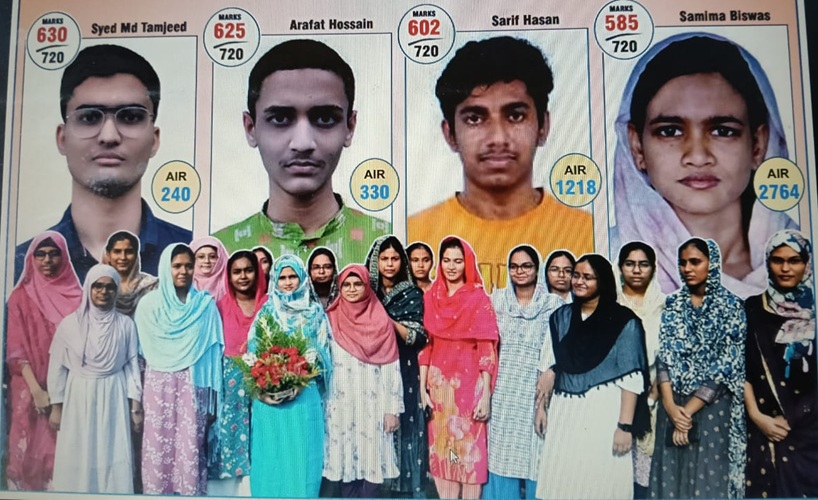Makkah Municipality recently said there are many reasons why it set up a railway network in the city. The network will lead to increased urban development outside the central area. Many estimates say the city will be able to accommodate 10.8 million Umrah pilgrims by the year 2029 (1450H).
Osama Al-Bar, the city’s mayor, said Makkah is the Qiblah (direction Muslims face when praying) for Muslims and their ultimate religious destination. Every year, the city receives 2.8 million Haj pilgrims and 5 million Umrah pilgrims. These figures are expected to rise to 6.5 million Haj pilgrims and 10.8 million Umrah pilgrims by the year 2029 (1450H).
The city is also visited repeatedly by many residents of Jeddah, Taif and neighboring places for worship throughout the year, especially to perform Friday prayer in the Grand Mosque. Worshippers reach a peak during the fasting month of Ramadan, especially during the last 10 days of the holy month and the Haj season.
According to Saudi Gazette report All of this makes Makkah a fast-developing city with a rapidly-growing population of 1.6 million. The population will reach 2.2 million by 2029.
Commenting on the current expansion of the Grand Mosque, Al-Bar said: “This expansion will increase the number of worshippers to 1.6 million. This figure is bigger than the number of worshippers that can be provided accommodation within short walking distance from the Grand Mosque. This means there is a need to increase urban development while making it easy to reach the Grand Mosque by providing means of public transport.”
He pointed out that the current transportation situation in Makkah has numerous problems such as the low capacity of the expressways, which causes severe traffic jams, lack of sufficient parking and alternative means of transport and mixing of traffic with the movement of pedestrians.
“Despite the fact that the current projects will be of great benefit, they will not solve these problems. There is still an urgent need for providing a modern public transport system to meet the needs of the residents and visitors for Haj and Umrah. In the absence of such a system, the expansion of the city and the annual increase in the number of Haj and Umrah pilgrims will lead to deterioration of the situation. Finally, the city will not be able to achieve its maximum capacity.”
He further said: “Al-Balad Al-Amin Company for Urban Development (owned by Makkah Municipality) conducted a feasibility study to establish a network of railways in Makkah and introduce means of public transport with a sizable capacity.”
The company took the help of a consortium comprising specialist international consultants in railways. The results were as follows:
1 – Setting up and operating a railway network in Makkah is technically feasible.
2 – Proposal for a 114-km long railway network with 62 stations to be constructed by the beginning of 2029 to meet the needs of residents and visitors.
3 – Possibility of extending the network in future with the continuous growth of Makkah to reach 182 km and 88 stations.
4 – The railway network will improve the environmental conditions in Makkah by reducing noise, air and visual pollution.
5 – The railway network will support sustainable development of Makkah and growth of its economy.
“The Kingdom’s government cares a great deal about the development and strategic projects in Makkah, as they are related to serving the residents of the holy city as well as Haj and Umrah pilgrims. The project was approved by the royal decree No. 45268 dated Aug. 25, 2012. There was also approval for implementing all its stages for 10 years with full financing by the government. It assigned this task to the Authority for Developing Makkah and the Masha’er,” Al-Bar said.
A supervisory ministerial committee was formed for the project under the chairmanship of the Emir of Makkah Prince Mishal Bin Abdullah, who is also the chairman of the Authority for Developing Makkah and the Masha’er. This committee includes ministers of municipal and rural affairs, finance, transport and Haj as members.






0 Comments